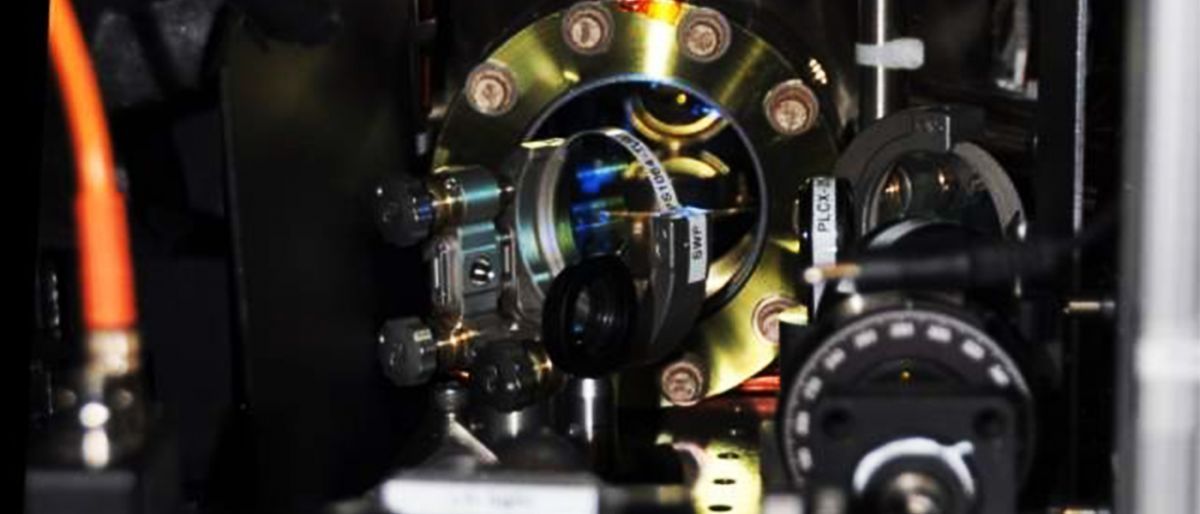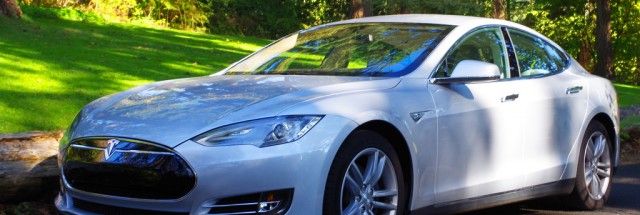NASA astronaut Anne McClain is expected to take her first spaceflight aboard Soyuz, as every U.S. astronaut has done since 2011 — but she may be one of the last.




I hope you’re not all partied out after the InSight lander’s successful touchdown on Mars this week, because there’s another big spaceflight event just around the corner.
NASA’s OSIRIS-REx probe will officially arrive at the near-Earth asteroid Bennu at about 12 p.m. EST (1700 GMT) on Monday (Dec. 3), ending a 27-month deep-space chase. NASA will mark the occasion with a special webcast event from 11:45 a.m. to 12:15 p.m. EST (1645 to 1715 GMT), which you can watch live here at Space.com, courtesy of NASA TV.
The space agency will also air an “arrival preview program” at 11:15 a.m. EST (1615 GMT). You can catch that here at Space.com as well. [OSIRIS-REx: NASA’s Asteroid Sample-Return Mission in Pictures].

There’s a new form of matter out there and it’s called a supersolid. Born in the labs of researchers from the Massachusetts Institute of Technology (MIT), this new matter is seemingly a contradiction. The supersolid combines properties of solids and superfluids — or fluids with zero viscosity, thereby flowing without losing kinetic energy. Supersolids have previously been predicted by physicists, but have not been observed in a lab until now.
“It is counterintuitive to have a material which combines superfluidity and solidity,” says team leader Wolfgang Ketterle, the John D. MacArthur Professor of Physics at MIT and 2001 Noble laureate. “If your coffee was superfluid and you stirred it, it would continue to spin around forever.” Their research was published in the journal Nature.
To develop this seemingly contradictory form of matter, Ketterle’s team manipulated the motion of atoms in a superfluid state of dilute gas, called a Bose-Einstein condensate, or BEC. Ketterle co-discovered BEC, which won him his Noble prize in physics. “The challenge was now to add something to the BEC to make sure it developed a shape or form beyond the shape of the ‘atom trap,’ which is the defining characteristic of a solid,” Ketterle explained.

As an international relations scholar who studies space law and policy, I have come to realize what most people do not fully appreciate: Dealing with space debris is as much a national security issue as it is a technical one.
Considering the debris circling the Earth as just an obstacle in the path of human missions is naive. As outer space activities are deeply rooted in the geopolitics down on Earth, the hidden challenge posed by the debris is the militarization of space technologies meant to clean it up.
To be clear, space debris poses considerable risks; however, to understand those risks, I should explain what it is and how it is formed. The term “space debris” refers to defunct human-made objects, relics left over from activities dating back to the early days of the space age. Over time that definition has expanded to include big and small things like discarded boosters, retired satellites, leftover bits and pieces from spacecraft, screwdrivers, tools, nuts and bolts, shards, lost gloves, and even flecks of paint.
Supersonic air travel is back. 15 years after the Concorde was grounded, everyone from aerospace companies to NASA to small startups is working to bring back ultrafast civilian aircraft. We take a look at the engineering challenges that make supersonic flight so difficult, and try to figure out what’s different about this new generation of planes.
The Verge’s sponsors play an important role in funding our journalism, but do not influence editorial content. For more information about our ethics policy, visit https://www.theverge.com/ethics-statement.
Subscribe: http://bit.ly/2FqJZMl
Like Verge Science on Facebook: http://bit.ly/2hoSukO
Follow on Twitter: http://bit.ly/2Kr29B9
Follow on Instagram: https://goo.gl/7ZeLvX
Community guidelines: http://bit.ly/2D0hlAv



